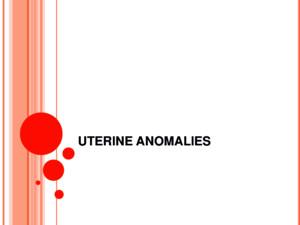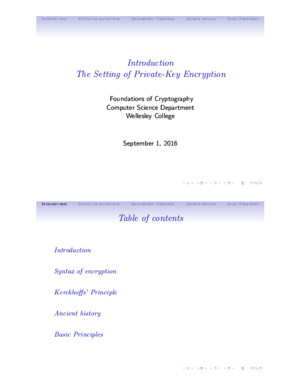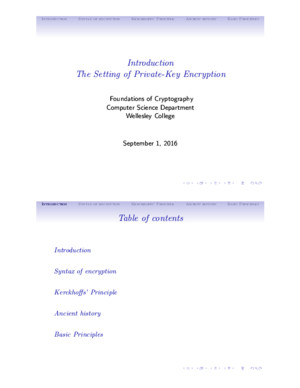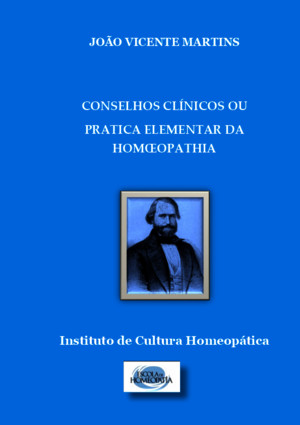Uterine Fibroid and Homoeopathy
There is document - Uterine Fibroid and Homoeopathy available here for reading and downloading. Use the download button below or simple online reader.
The file extension - PDF and ranks to the Documents category.
Tags
Related
Comments
Log in to leave a message!
Description
Uterine Fibroids and Homoeopathy © Dr Rajneesh Kumar Sharma MD (Homoeopathy) Dr Swati Vishnoi BHMS Page | 1 Uterine Fibroids and Homoeopathy © Dr Rajneesh Kumar Sharma MD (Homoeopathy) Dr Swati Vishnoi BHMS Homoeo Cure & Research Institute NH 74, Moradabad Road, Kashipur (Uttaranchal) INDIA Pin- 244713 Ph 05947- 260327, 9897618594 E mail- drrajneeshhomhotmailcom wwwtreatmenthomoeopathycom wwwhomeopathictreatmentorgin
Transcripts
Uterine Fibroids and Homoeopathy © Dr Rajneesh Kumar Sharma MD (Homoeopathy) Dr Swati Vishnoi BHMS Page | 1 Uterine Fibroids and Homoeopathy © Dr Rajneesh Kumar Sharma MD (Homoeopathy) Dr Swati Vishnoi BHMS Homoeo Cure Research Institute NH 74, Moradabad Road, Kashipur (Uttaranchal) INDIA Pin- 244713 Ph 05947- 260327, 9897618594 E mail- drrajneeshhomhotmailcom wwwtreatmenthomoeopathycom wwwhomeopathictreatmentorgin wwwhomeopathyworldcommunitycom Contents Synonyms 2 Definition 2 Causes 2 Hormones 2 Environment 2 Ethnicity 2 BMI 2 Pregnancy 2 Early menstruation 2 Contraceptives 2 Family history 2 Types 3 Myometrial (intramural) 3 Submucosal 3 Subserosal fibroids 3 Pedunculated 3 Cervical 3 Symptoms 3 Prolonged menstrual periods 3 Pelvic pressure and pain 3 Pain with intercourse 4 Infertility 4 Miscarriage 4 Pregnancy complications 4 Diagnosis 4 Homoeopathic Treatment 4 Bibliography 5 Page | 2 Synonyms Leiomyoma, fibromyoma, myoma, Fibroid tumor, fibroma Definition Uterine fibroids are benign tumors of muscular and fibrous tissues in the uterine muscle appearing during childbearing age, often presenting with heavy menstrual bleeding and pressure on the pelvis (Psora/ Sycosis) A quarter woman in their reproductive years may have perceptible fibroids Fibroids develop between the ages of 30-50 years of age It is never seen in women less than 20 years old After menopause, if a woman does not take estrogen, fibroids shrink (Causa occasionalis) Causes The cause of fibroids is unknown, however an amalgam of hormonal, genetic, and environmental factors is responsible to develop symptomatic fibroids Hormones Fibroids are associated with increased estrogen production They are rare in women less than 20 years of age as well as in postmenopausal women Estrogen levels vary with menstruation, with menopause, and with some medications (Psora+++/ Sycosis++) Environment Alcohol consumption and a sedentary lifestyle have been associated with fibroids (Causa occasionalis) Ethnicity their fibroids occur at a younger age, and are often larger and more numerous than in other ethnic groups (Psora) BMI The higher the BMI (body-mass index) the higher is the risk of developing fibroids (Psora/ Sycosis) Pregnancy Women who have given birth seem to have a lower risk of developing uterine fibroids Recent information indicates that pregnancy may protect against fibroids (Causa occasionalis) Early menstruation Women whose first period was before age 10 are more likely to have uterine fibroids (psora) Contraceptives Women taking birth control pills are less likely to develop significant uterine fibroids (Causa occasionalis) Family history Heredity may play its role (Psora)
Recommended















